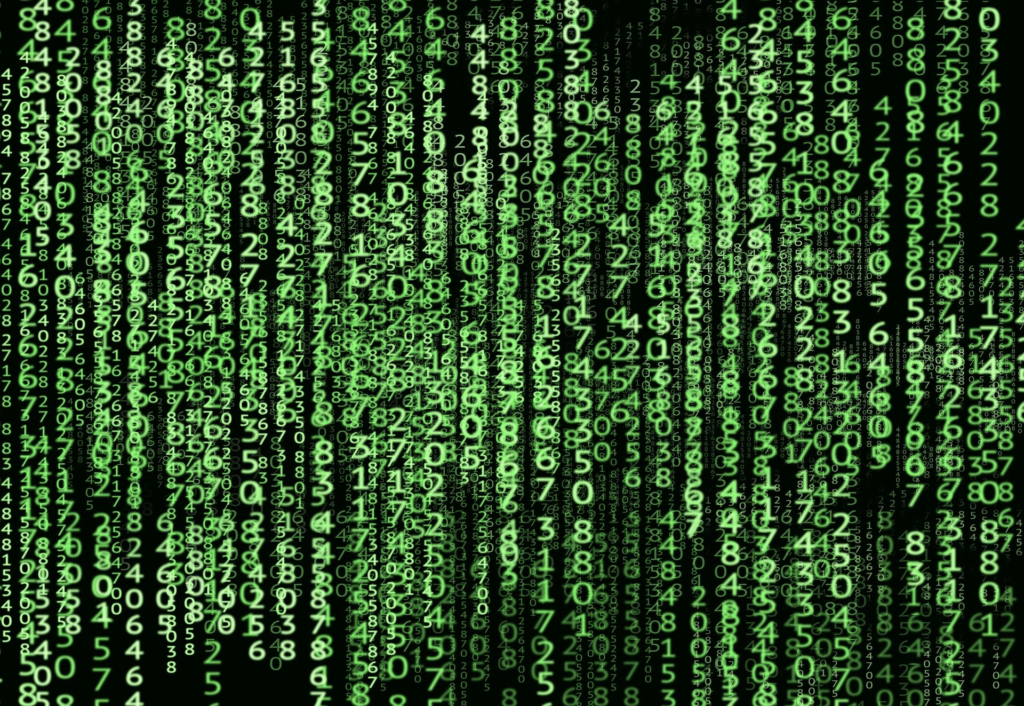Definition of general ledger: The primary set of accounts used to store and summarise the transactions of a company.
What is the general ledger?
It’s easiest to see the general ledger as the final set of accounts of a company.
The general ledger will summarise each asset, liability, revenue or expense in useful groupings, such as deferred consideration, cost of goods sold, inventory, debentures, etc.
It will be in a basic list format – a list of account names and values, but in essence, all the information needed to produce the primary financial statements such as a balance sheet will be displayed.
Has the meaning of general ledger changed?
When you’re learning about accounting from textbooks and old resources, it’s easy to get swept up into a series of old definitions which are completely out of date.
Accounting software used to work in a very decentralised manner, which mirrored the different physical ‘books’ that a bookkeeper used to use to record and summarise various transactions.
Sales, for example, would be initially entered into a ‘sales daybook’, which would be subtotalled. For efficiency, only the daily total was entered into the revenue line in the general ledger to keep track of performance during the period.
This ‘phased approach’ to recording transactions in one place, and then later summarising transactions in the general ledger, meant that the general ledger lacked transactional detail.
This is no longer the case. When an electronic journal entry is created for a sale, it will appear in the sales ledger and the general ledger instantaneously at the transaction level.
The general ledger remains the final summary of a set of accounts, but general ledger transactional detail reports can be run from modern accounting systems to show a detailed report of every journal entry recorded in the year.

How is the phrase general ledger used in a sentence?
“The cost associated with the capital expenditure was recorded in the general ledger on 20 December 2013.”
“A reduction in equity to record the payment of dividends has now been posted to the general ledger.”
What else you should know about the general ledger
The general ledger is often used to distinguish an accounting record from a sub-ledger, which is a detailed set of record maintained, often in a different format and with lots of additional information for each record.
Examples include the inventory sub-ledger, receivables sub-ledger or payables sub-ledger.
The totals of these sub-ledgers are often reported in a handful of general ledger accounts for the purposes of concise reporting.
You can find out more about the way that a system of accounts is maintained in any of the best accounting books for beginners.
How does the definition of general ledger relate to investing?
General ledger is a pure accounting concept which could be useful to anyone studying accounting and finance.
You should not need to understand the concept of general ledger to be able to understand and read a set of financial statements.